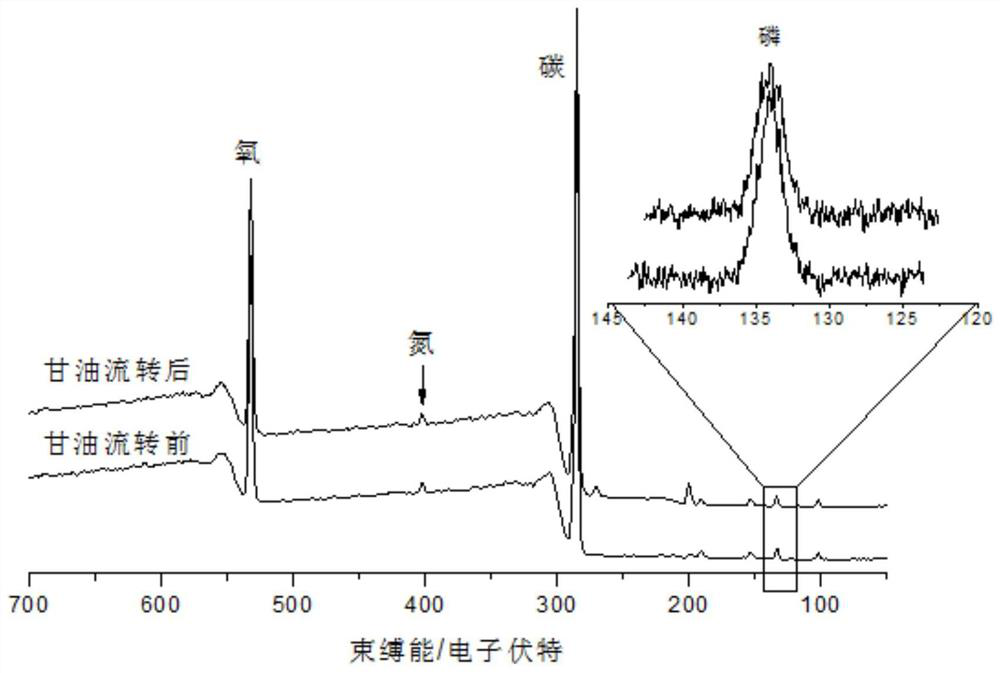Long-acting membrane oxygenator hollow fiber anticoagulant coating for extracorporeal membrane oxygenation (ecmo) and preparation method
A membrane oxygenator and oxygenation technology, applied in the field of new medical materials, can solve the problems of complex process, blocking, easy to coat holes of uneven hollow fibers, etc.
- Summary
- Abstract
- Description
- Claims
- Application Information
AI Technical Summary
Problems solved by technology
Method used
Image
Examples
Embodiment 1
[0027] Synthetic Macromolecular Additives 1
[0028] Add 0.2 parts by mass of methacryloxyethyl phosphorylcholine, 0.3 parts by mass of butyl methacrylate, 0.36 parts by mass of 4-methylpentene, 0.15 parts by mass of methacrylic acid hydroxyl Isopropyl, 0.05 parts by mass of methacryloxypropyltrimethoxysilane, 0.005 parts by mass of dimethyl azobisisobutyrate and 4 parts by mass of isopropanol, stirred evenly and passed into nitrogen protection , after 12 hours of reaction at 60°C. A large amount of acetone was added to precipitate the polymer, and finally the macromolecular additive 1 was obtained by vacuum drying at room temperature.
Embodiment 2
[0030] Synthetic Macromolecular Additives 2
[0031] Add 0.2 parts by mass of methacryloyl ethyl sulfobetaine, 0.4 parts by mass of lauryl methacrylate, 0.2 parts by mass of ethyl methacrylate, 0.15 parts by mass of isocyanate ethyl methacrylate Esters, 0.005 parts by mass of dimethyl azobisisobutyrate and 4 parts by mass of methyl lactate were uniformly stirred and then passed into nitrogen protection, and reacted at 60° C. for 6 hours. A large amount of acetone was added to precipitate the polymer, and finally the macromolecular additive 2 was obtained by vacuum drying at room temperature.
Embodiment 3
[0033] Synthetic Macromolecular Additives 3
[0034] Add 0.4 parts by mass of methacryloxyethyl phosphorylcholine, 0.65 parts by mass of methyl methacrylate, 0.05 parts by mass of glycidyl methacrylate, 0.005 parts by mass of azobis Dimethyl isobutyrate and 4 parts by mass of isopropanol were stirred evenly, and then nitrogen protection was introduced, and reacted at 60° C. for 12 hours. A large amount of acetone was then added to precipitate the polymer, and finally the macromolecular additive 3 was obtained by vacuum drying at room temperature.
PUM
 Login to View More
Login to View More Abstract
Description
Claims
Application Information
 Login to View More
Login to View More - R&D
- Intellectual Property
- Life Sciences
- Materials
- Tech Scout
- Unparalleled Data Quality
- Higher Quality Content
- 60% Fewer Hallucinations
Browse by: Latest US Patents, China's latest patents, Technical Efficacy Thesaurus, Application Domain, Technology Topic, Popular Technical Reports.
© 2025 PatSnap. All rights reserved.Legal|Privacy policy|Modern Slavery Act Transparency Statement|Sitemap|About US| Contact US: help@patsnap.com


